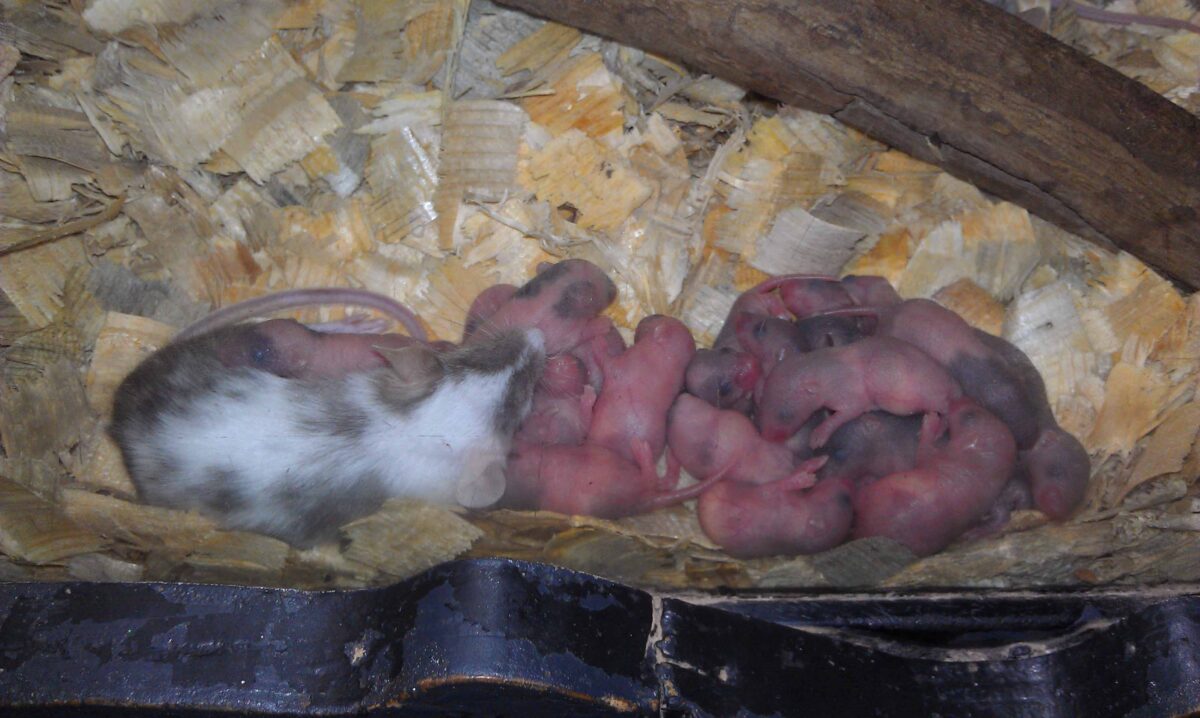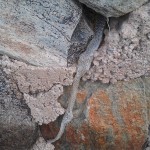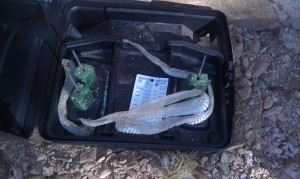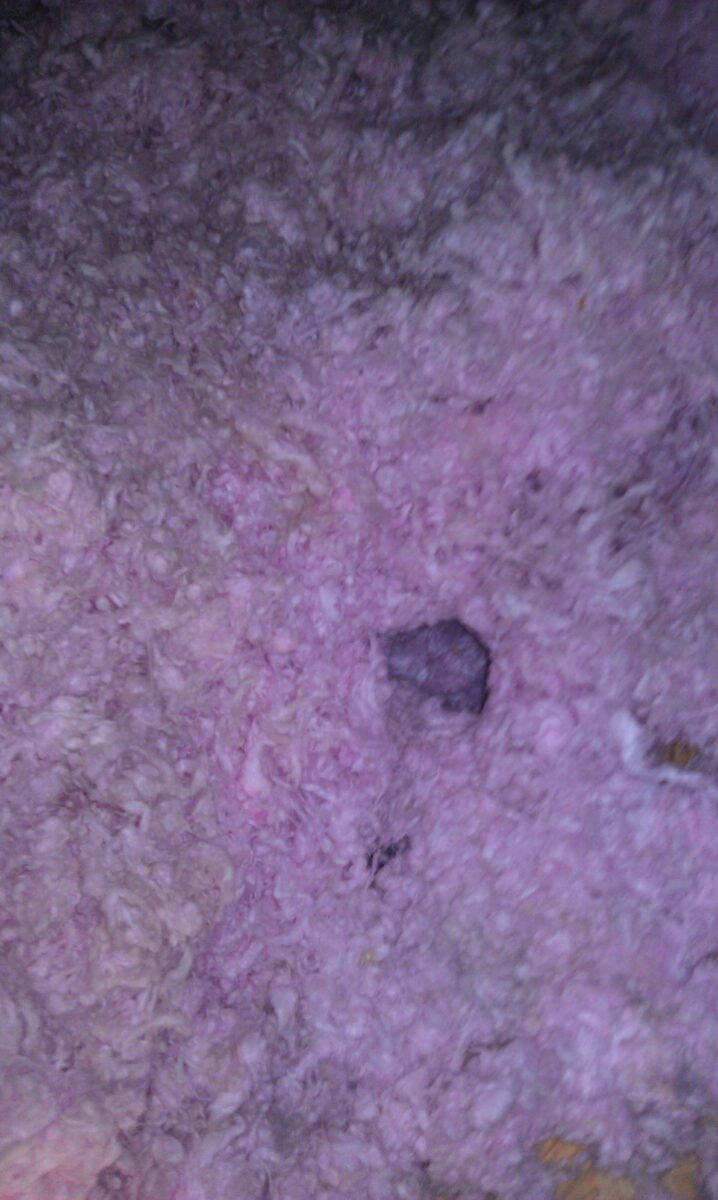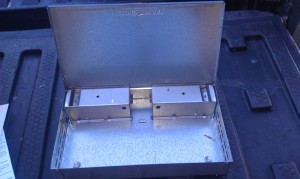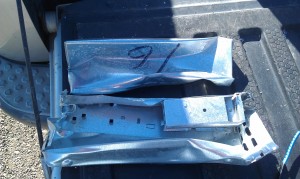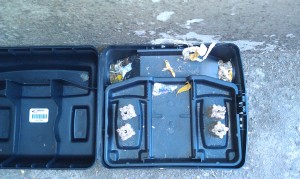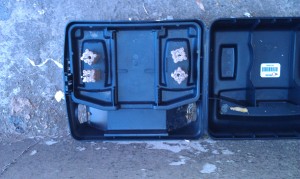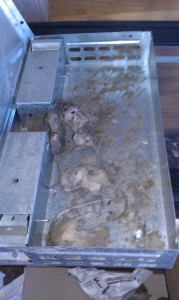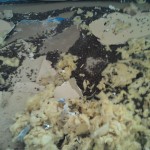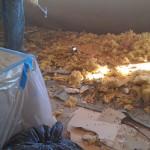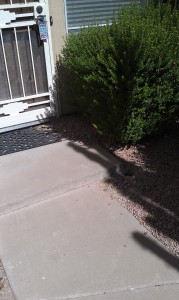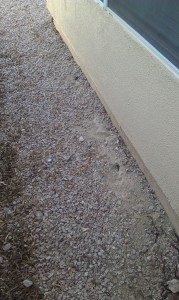So just how many babies can mice have?
Mice are capable of producing six to eight babies in each litter, sometimes as many as ten.
The biggest problem with mice is that they have multiple litters each year. One male and female mouse can produce up to 40 babies in one year. Multiply that by the fact that each litter will start producing babies as well within the year and you can see how quickly a couple of mice can get out of control. In just that first year those original mice can product up to 139. In one year, a pair of little house mice could produce thousands and thousands of offspring. This could happen if every baby survived and carried on the family system of multiplication. So it is very important to seal your home.
So here is a quiz:
Answer
One, the mouse cannot have any babies by itself.
Contact us if you are having an issue with mice or rodents for a free quote.


